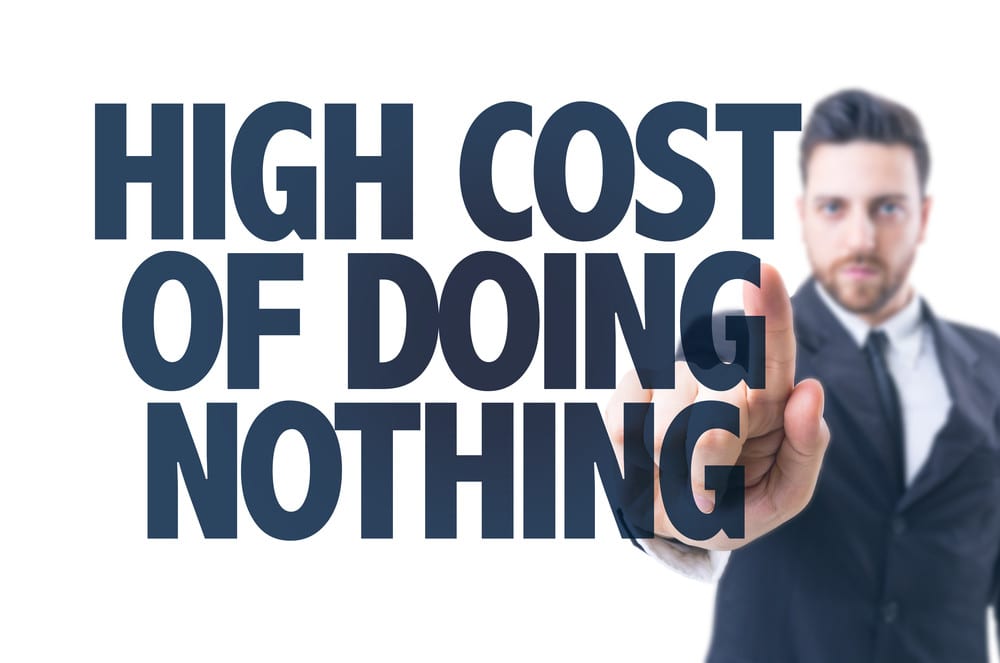I am one of the newest members of KTL Solutions and work on our sales team. While being new to KTL, I am not new to the challenges and objections B2B Business Development professionals confront every day in our job working with new and existing customers. In my, over 20 years of executive management and business development experience, there is one fundamental sales objection that I have always encountered regardless of what product or service I was selling or what industry I am in.
Admittedly, I have fallen into this position, and I have been guilty myself of the very same actions that I have had to frequently overcome during the sales process. Do these statements sound familiar:
“The timing is not right.”
“We are just not ready to make a decision yet.”
“We are going to stay in a holding pattern.”
“We are going to gather more information.”
“Not right now.”
Ok, you get the idea? Like me, some of the phrases even sound familiar because you have used them yourself. So, what do we call this? We call this maintaining the status quo, economists and accountants call this “opportunity cost,” and more recently it has been called the “cost of doing nothing” (CODN).
Maintaining the status quo or doing nothing has become a safe and acceptable alternative. It has become like a management pacifier and can make us feel safe and comfortable. Although, it is a mistake to feel comfortable because the cost of maintaining the status quo or the cost of doing nothing is enormous and affects our organizations, our employees, and our profits every day.
One of the first things you learn in your Sales 101 training class is to determine and identify “need” with your customer. So, we meet with our clients and explore and list their pain points, the inefficient processes, and technologies in their organization that impact profitability. Many times, they have already identified these problem areas, associated costs, lost profits, lost opportunities, etc. They have clearly created a “need” to make a change.
One thing I would like to add here based on experience is that the increased costs, lost profits, and lost opportunities that we quantify with our client at this stage are usually understated and are much more significant than we think. Many times, we do not fully understand the costs of these issues on our organization until we have fixed them and can look back at them with 20/20 vision.
Even after all of this, I sit with prospects and managers that know there is an important decision to be made, but the only decision that has been made is a decision to do nothing. As mentioned earlier overcoming this default position is one of the key challenges we encounter as sales people. Having fallen into this trap myself, I understand the perceived comfort of not making a change although, taking no action is often the most expensive option!
So, as we evaluate:
- Purchasing new software
- Upgrading software
- System integrations to improve access to Business Intelligence
- Connecting Siloed Systems
- Implementing new workflows and management solutions
- Employee training programs
We understand that change can be disruptive, but we must be confident that we have clearly identified our needs, understand our pain points, and have created a solid business case. As leaders and managers, we must take care of our employees. We must take care of our customers. We must care for our business.
As you approach your next purchase decision, and before you accept the “Status Quo,” let’s make sure you have evaluated the “Cost of Doing Nothing.”
“Life is inherently risky. There is only one big risk you should avoid at all costs, and that is the risk of doing nothing.” –Denis Whatley





































